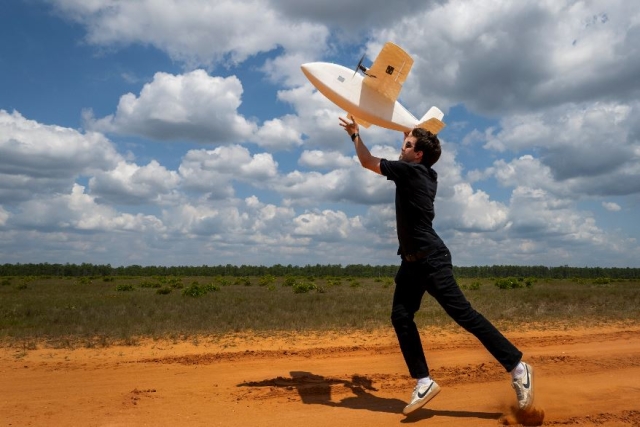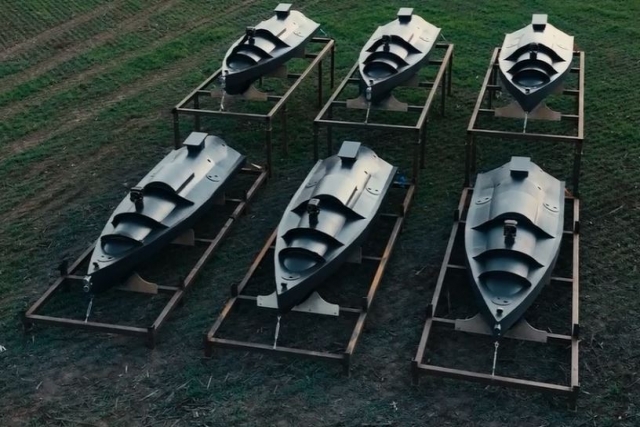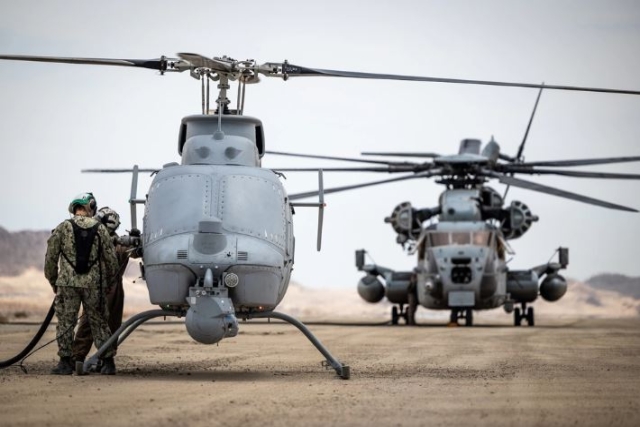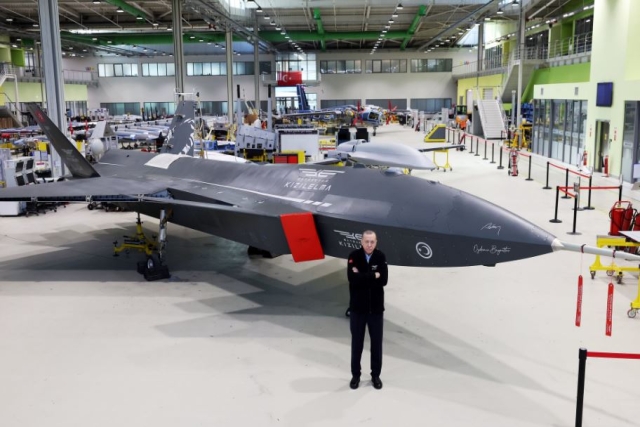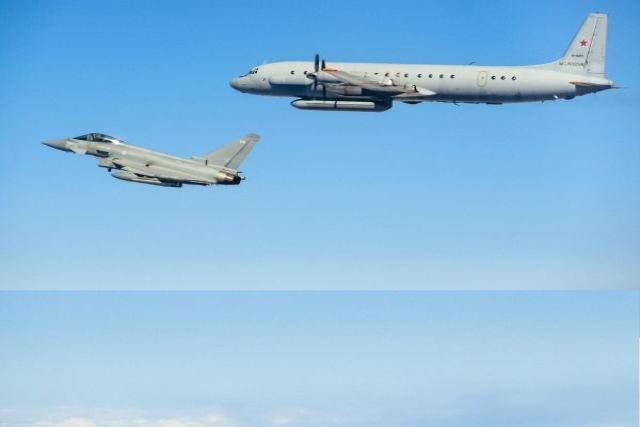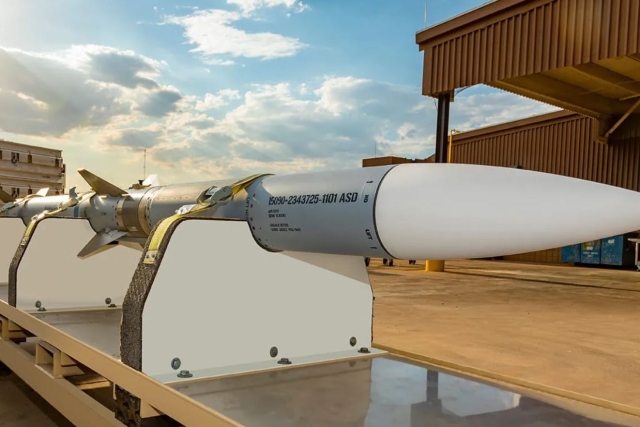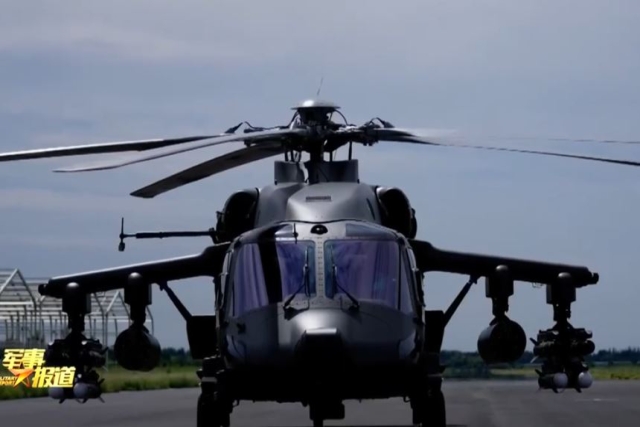U.S. Researchers Develop Autonomous Aircraft in 24-Hour Sprint
The project aims to rapidly create small UASs that can adapt to changing threat environments.
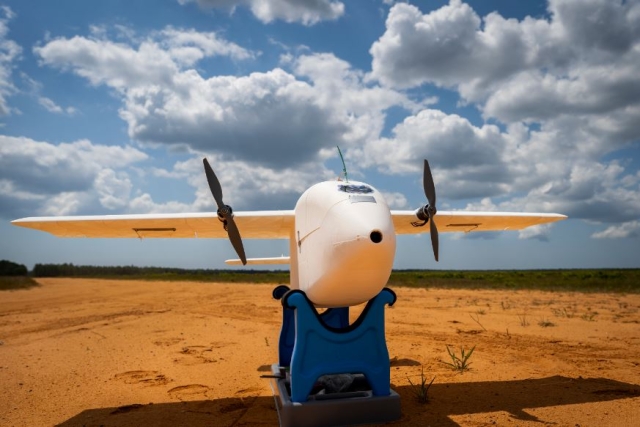
A team of U.S. Air Force researchers designed, built, and flew an autonomous aircraft within a strict 24-hour timeframe.
This project took place at the Eglin Range, specifically in an area known as B-70, where Air Force officers and innovators from the Black Phoenix project collaborated on this ambitious undertaking.
The Black Phoenix team, part of the Air Force's Blue Horizons fellowship program, set out to demonstrate the rapid development and deployment of unmanned aerial systems (UAS) to meet evolving mission requirements. Led by Col. Dustin Thomas and Lt. Col. Jordan Atkins, the team partnered with Titan Dynamics, an aerospace company specializing in agile UAS development, to streamline the design and manufacturing process.
The team used Titan’s automated design software to create an aerodynamic UAS body based on weight, power, dimensions, and payload in less than 10 minutes. This design code was then fed into 3D printers to create lightweight UAS body parts. Once all the pieces were printed, the team assembled the UAS specifically designed for its mission parameters such as weight, power, dimensions, and payload. These designs were translated into lightweight UAS components using 3D printing technology, allowing for rapid on-site assembly of fully functional aircraft.
Around the 22.5-hour mark, the team secured the tail pieces and finally, the propellers. The final step in a journey that started more than six months prior was to put the UAS in the air.
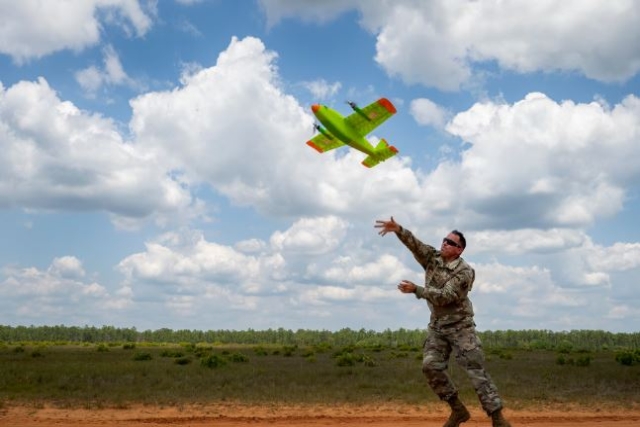
The officers began the project as part of their Blue Horizons fellowship. Blue Horizons is an Air Force Center for Strategy and Technology mission that is part think-tank, part incubator, promoting unconventional thinking and processes to Air Force problems with strategic impact.
The Black Phoenix crew is one of five teams wrapping up those projects after year-long fellowships. Their three-person team took on the task of evaluating how to rapidly adapt small UASs, their technology, and payloads based on need and environment.
“Small UASs are becoming a new warfighting capability,” said Col. Dustin Thomas, a Blue Horizons fellow and Black Phoenix team member. “However, the Air Force can’t rapidly change these aircraft based on the threat environment or quickly use new technologies to meet the needs of a specific mission. Our project aims to find ways to change that.”
Black Phoenix tested this method first in Southwest Asia in March with Task Force-99 with some success. They then brought that test data and lessons learned to Eglin for their final in-the-field tests. They sought out the Air Force Chief Data and AI Office’s Autonomy Data and AI Experimentation proving ground, which aims to accelerate development and experimentation in programs like the Black Phoenix project.
In support of the ADAX proving ground, the 413th Flight Test Squadron’s Autonomy Prime flight flies autonomous UASs regularly, and new aircraft and autonomy customers come to Eglin to test their technologies.
During Black Phoenix’s week at Eglin, the team tested six autonomous aircraft using the quick create, build, fly method for various missions, including an eight-pound personnel recovery UAS that would deliver supplies to a simulated Airman behind enemy lines.
Sometimes the aircraft flew successfully, and other times, when pushing the boundaries, they crashed. The successes and failures were all part of Black Phoenix’s goal to gather research on the feasibility of the rapidly created UAS idea.
What they did discover was that regardless of flight or crash, the internal autonomy hardware and payload within were virtually unharmed. Rebuilding and trying again meant only reprinting the outer UAS structure at a cost of around $20 to $50.
“We've taken big risks this week in flying so many new aircraft for the first time, but the risk is also low because these entire aircraft are built from commercial off-the-shelf items, so the financial investment is small,” said Lt. Col. Peter Dyrud, Black Phoenix team member.
After the test, the Black Phoenix team will compile their findings and present their study evaluation to the Air Force Secretary and Air Force Chief of Staff in May.
